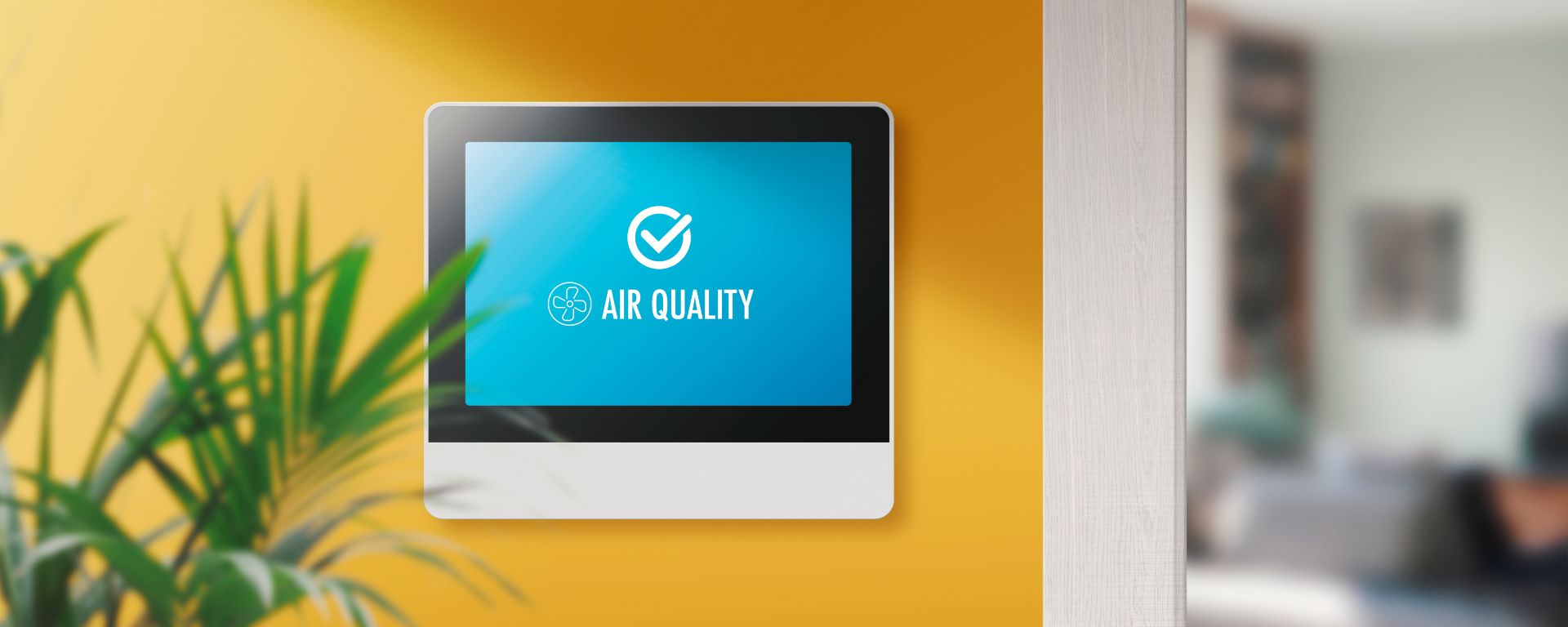The air we breathe indoors has a significant impact on our well-being. Whether it’s in our homes or at work, if we don’t take the necessary steps to ensure we’re breathing in clean air, our health and fitness could be compromised in many ways. At this point, you might be wondering if you do enough to take care of your health, allergens, and indoor air quality, and rightly so.
In this blog post, we’ll explore the importance of indoor air quality and provide you with practical tips on how to improve it. Keep reading to find out about the steps you can take and techniques you can implement to create a healthier and more comfortable living environment for you and your loved ones.
Understanding Indoor Air Quality

Indoor air quality refers to the quality and cleanliness of the air within buildings, including homes, offices, and other indoor spaces. Many factors contribute to it, including air pollutants, temperature, humidity, and ventilation.
There are a range of health issues that come as a result of poor indoor air quality. These include respiratory problems, allergies, asthma, headaches, fatigue, and even more serious long-term effects. It can also affect cognitive function and overall productivity.
Common Indoor Air Pollutants
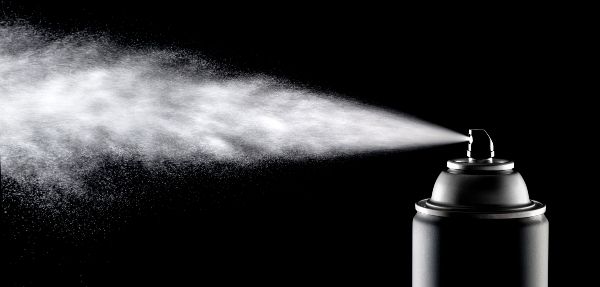
Air pollutants come in many different forms, but unfortunately, we can’t see many of them with the naked eye. That’s why it’s important to understand exactly what could be lurking around you, so that even if you can’t see it, you know how to manage it. Let’s look at 3 of the most common indoor air pollutants, and how you can successfully manage them.
- Volatile Organic Compounds (VOCs)
- Mould and Mildew
- Dust and Allergens
1. Volatile Organic Compounds (VOCs)
VOCs are chemicals released by various products and materials we use in our homes, such as paints, cleaning agents, furniture, carpets, and air fresheners. If you are exposed to high levels of VOCs, you could be at risk of eye, nose, and throat irritation, headaches, dizziness, and even more severe health effects. Use the 3 tips below to reduce VOCs in your home:
- Opt for low-VOC or VOC-free products.
- Allow for proper ventilation during and after using VOC-emitting products.
- Use natural alternatives wherever possible.
2. Mould and Mildew
Mould and mildew can cause allergies and respiratory problems to act up, and even cause infections in people with weakened immune systems. The signs of mould to look out for are musty odours, discolouration, and water damage. Use the 4 tips listed below to ensure your home or workplace remains mould and mildew-free:
- Clean visible mould using suitable solutions.
- Fix leaks promptly.
- Control humidity levels to keep them between the recommended amounts of 30-40% in winter, and 50-60% in summer.
- Ensure there is enough ventilation in high-moisture areas like bathrooms and kitchens.
3. Dust and Allergens
Dust is not only an overall irritation, but it can also contain allergens such as dust mites, pet dander, pollen, and mould spores. These allergens are potentially harmful and can trigger respiratory allergies and asthma symptoms. They also have the potential to irritate and worsen existing respiratory conditions. Use the 4 tips below to minimise dust and allergens in your home:
- Dusting and vacuuming regularly.
- Use high-quality air filters.
- Wash your bedding frequently.
- Minimise the presence of carpets and upholstered furniture in your home.
Improving Indoor Air Quality
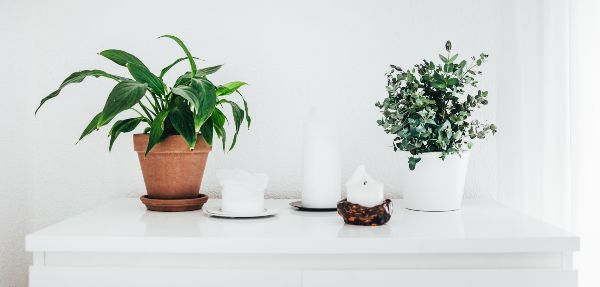
There are certain steps you can take to improve the quality of air inside your home or office. Some are easier than others, but if you can implement as many of them as possible, you won’t need to worry about the abovementioned pollutants becoming a nuisance. These are the four improvement techniques we’ll look at below:
- Proper Ventilation
- Regular Cleaning and Dusting
- Using Indoor Plants
- Minimising Chemical Exposure
1. Proper Ventilation
Good ventilation is crucial for maintaining high indoor air quality as it has the ability to remove pollutants, moisture, and odours from indoor spaces, while also creating a continuous supply of fresh air. Use the following 3 tips to improve the ventilation in your indoor spaces:
- Keep windows and doors open as much as possible.
- Use exhaust fans in kitchens and bathrooms to remove excess moisture, cooking fumes, and odours.
- Consider mechanical ventilation systems if your home lacks sufficient natural ventilation.
2. Regular Cleaning and Dusting
The importance of regular home cleaning cannot be overstated. It is essential for removing dust, allergens, and other particles that can contribute to poor indoor air quality. Use these 4 recommended cleaning practices to reduce dust and allergens:
- Use microfiber cloths when cleaning, as they have electrostatic properties that attract and trap dust more effectively than traditional cloths.
- Use HEPA-filtered vacuum cleaners to capture tiny particles, including allergens.
- Don’t forget to tend to overlooked areas when cleaning to minimise airborne particles. This includes ceiling fans, blinds, shelves, and vents.
- Wash your bedding regularly in hot water to eliminate dust mites and allergens.
3. Using Indoor Plants
Indoor plants are a beautiful addition to homes that will also help purify the air by absorbing carbon dioxide and releasing oxygen, while removing certain toxins. If you take care of your indoor plants by providing adequate sunlight, watering them as needed, regularly dusting their leaves, and being mindful of any specific care requirements they might have, then they will take care of you. These are the best air-purifying plants to have in your home:
- Snake Plants
- Pothos
- Peace Lilies
- Spider Plants
- Aloe Vera
4. Minimising Chemical Exposure
When using cleaning products, pesticides, and air fresheners, opt for those that don’t have harmful chemicals that can release VOCs into the air. Instead, use DIY natural cleaning solutions and practise green cleaning in your home or workplace.
When purchasing furniture, carpets, paints, and other materials, another way to minimise chemical exposure is to look for low-VOC or VOC-free options to minimise the presence of harmful chemicals.
Monitoring and Testing Indoor Air Quality
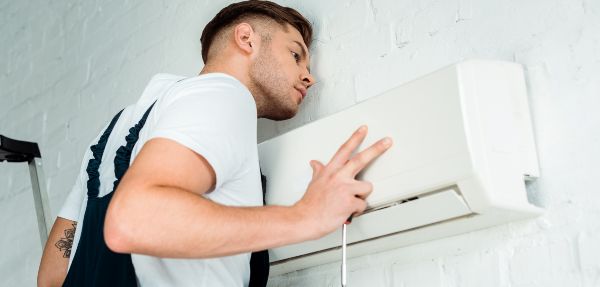
In order to maintain a healthy living environment, it’s important that you regularly monitor the quality of air in your home or office. This will allow you to identify potential air quality issues, take appropriate actions to improve the air, and ensure the well-being of your family or colleagues. Below we’ll look at DIY methods, as well as professional testing services and devices that can help you detect elevated levels of pollutants, excessive humidity, or other factors that may impact air quality.
1. DIY Methods for Assessing Air Quality
If you don’t have the finances or means to get professional testing done, use the following DIY methods to help you get a basic understanding of your indoor air quality:
- Visual inspection: Keep an eye out for mould growth, water damage, or excessive dust accumulation.
- Odour detection: Take note of any persistent or unpleasant odours in your indoor space. This may indicate the presence of pollutants or chemical off-gassing.
- Indoor air quality monitors: There are portable air quality monitors that can help you measure key parameters like particulate matter (PM), volatile organic compounds (VOCs), carbon dioxide (CO2), and humidity levels. These readings will help you track changes in air quality over time.
2. Professional Testing Services and Devices
If you’d like a more comprehensive assessment of indoor air quality, consider the following professional testing services and devices:
- Indoor air quality assessments: Certified professionals can conduct a thorough evaluation of your home’s air quality by collecting samples and analysing them in a laboratory. They will give you detailed reports on pollutants, allergens, and other factors affecting air quality.
- Mould testing: If you’ve had water damage or suspect mould growth, professional testing can identify the presence of mould spores and determine the type mould present and the severity of the problem.
- Radon testing: Radon is a colorless, odourless gas that seeps into homes from the ground. Professional testing can assess radon levels and recommend solutions available to you.
- HVAC inspection: It’s worthwhile getting a professional to inspect your heating, ventilation, and air conditioning (HVAC) systems to ensure they are functioning properly, and not contributing to poor air quality.
Lifestyle Habits for Better Indoor Air Quality
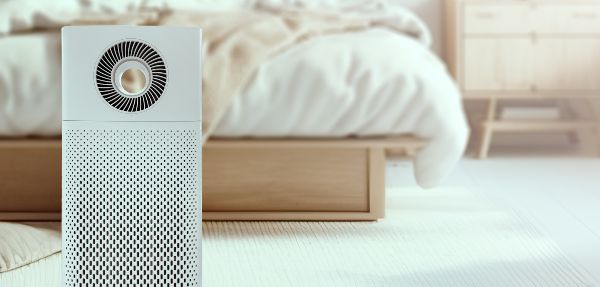
Our daily actions and habits can also affect the quality of our indoor air. If we aren’t careful, we could be contributing to the problem instead of fixing it. Take note of these 3 lifestyle habits to ensure you aren’t adding to the problem of poor indoor air quality:
1. Smoking
Secondhand smoke contains more than 7,000 chemicals, including numerous toxic and carcinogenic compounds. If you or any of your family members smoke, do so outdoors to prevent the harmful effects of secondhand smoke.
2. Managing humidity levels
Controlling humidity levels is essential for avoiding the problems associated with it. High humidity can lead to mould growth, while low humidity can cause dryness and discomfort. Use the following tips to maintain healthy humidity levels:
- Use dehumidifiers in areas prone to high humidity.
- Use exhaust fans or open windows to ventilate areas with high moisture, such as kitchens and bathrooms.
- Fix any leaks or water damage as soon as possible to prevent the growth of mould and mildew.
3. Regular Maintenance of HVAC Systems and Air Filters
HVAC systems are crucial for optimal indoor air quality. Follow these maintenance practices to keep your systems working at their best:
- Schedule regular professional inspections and maintenance for your HVAC systems.
- Use and replace your HEPA filters regularly to trap dust, allergens, and other particles effectively.
- Clean and maintain air vents, grilles, and registers regularly.
- Regularly clean or replace filters in other appliances, such as vacuum cleaners and air purifiers.
Conclusion
Maintaining good indoor air quality is crucial to a healthy lifestyle, but unfortunately, it isn’t considered enough. Use the comprehensive guide in this article to ensure you’re breathing in the air you need to feel your best.
If you’re ready to take your air quality to the next level, book a SweepSouth cleaning service. The vetted and trusted SweepStars that arrive on your doorstep will always do their best to give you and your family a spotless and sparkling home.
